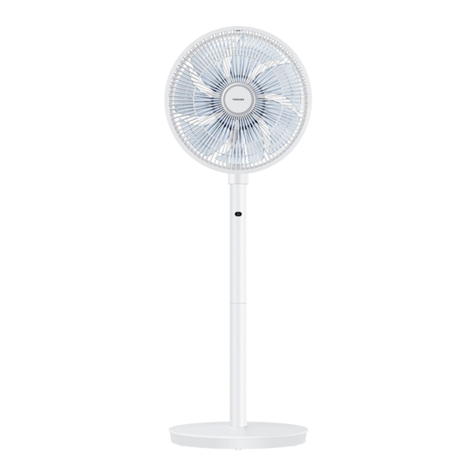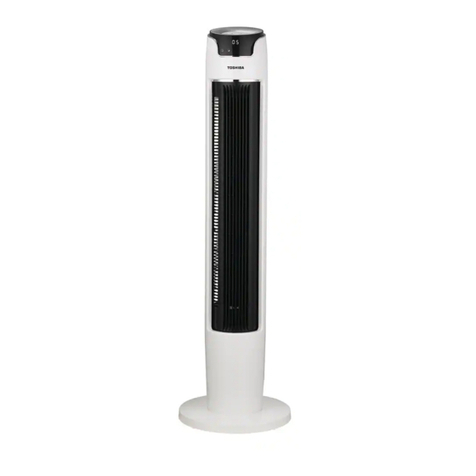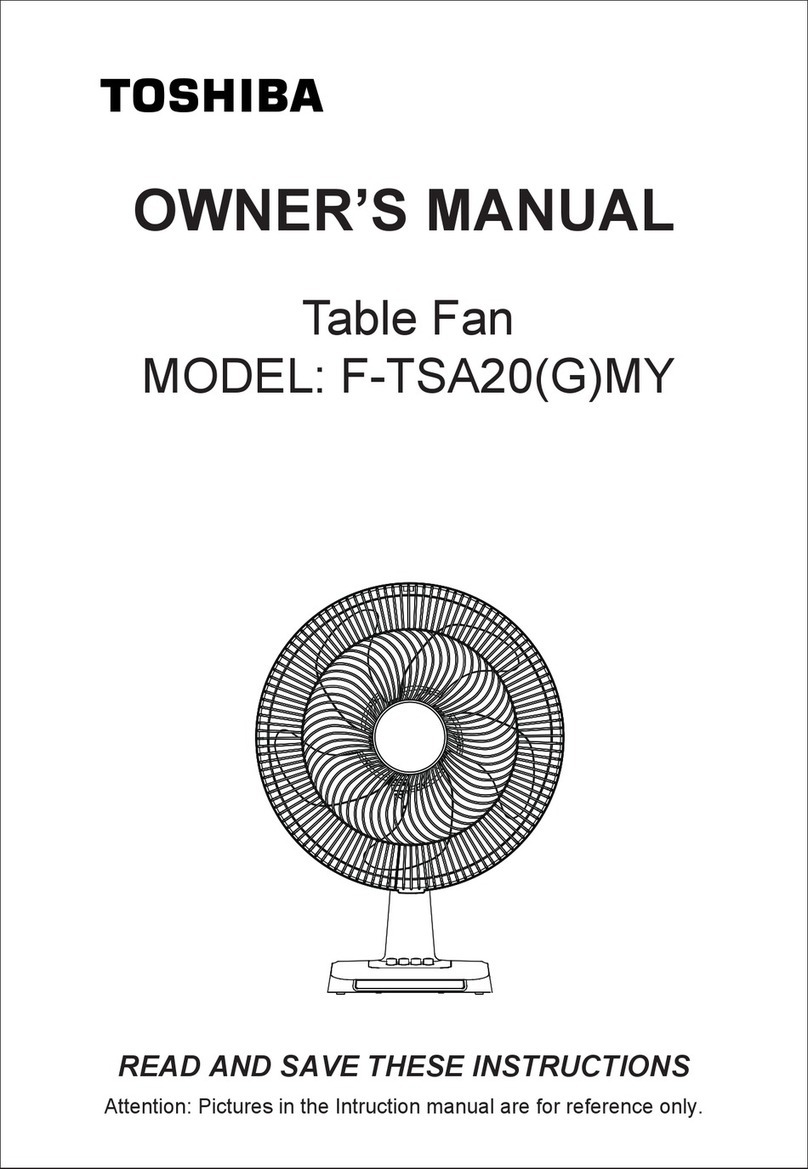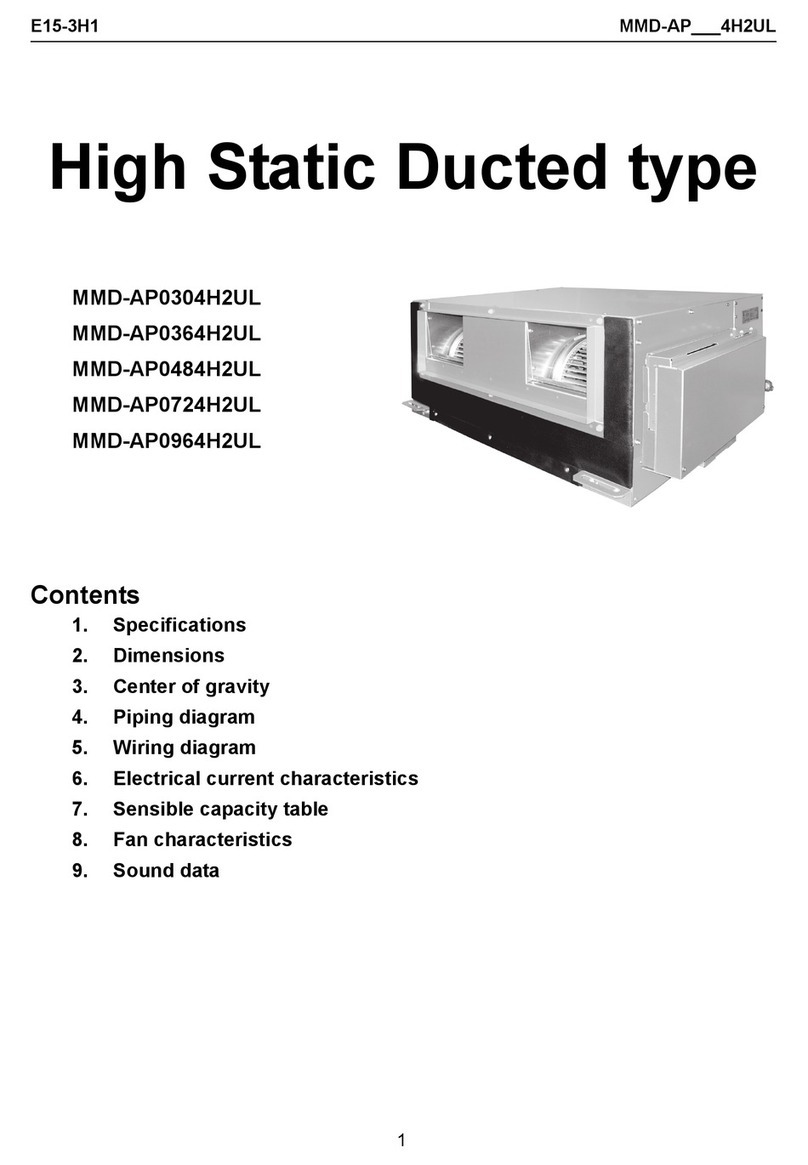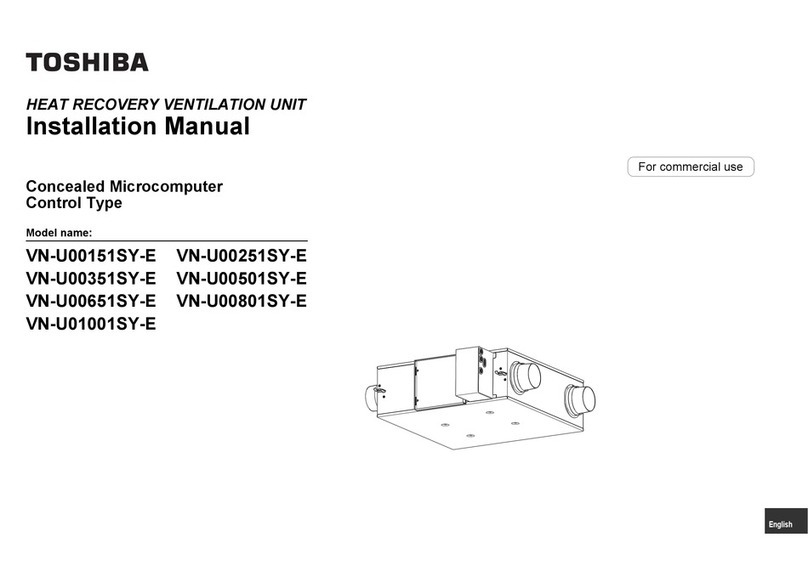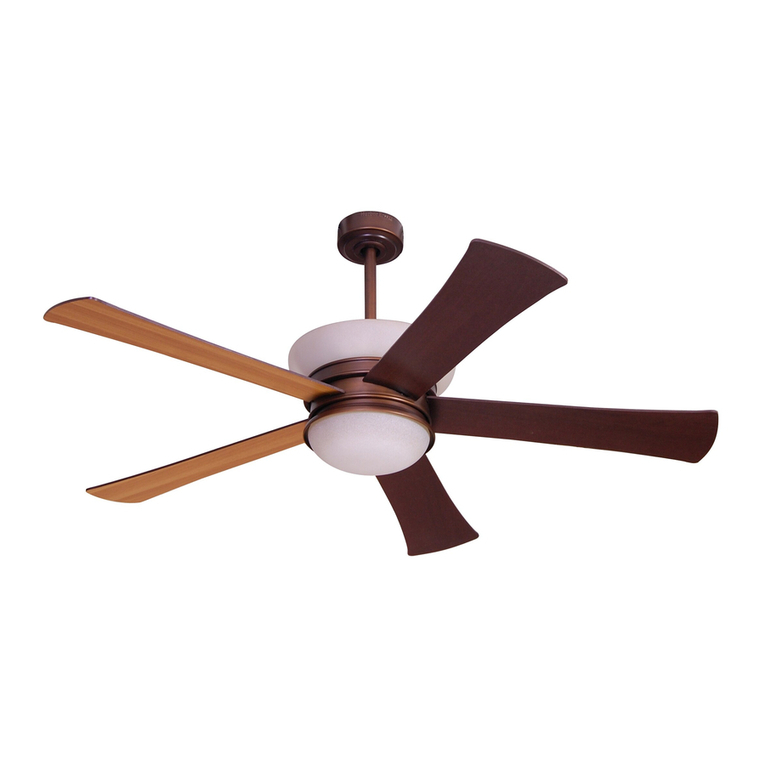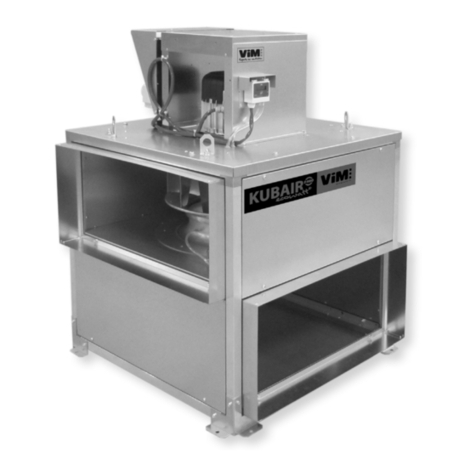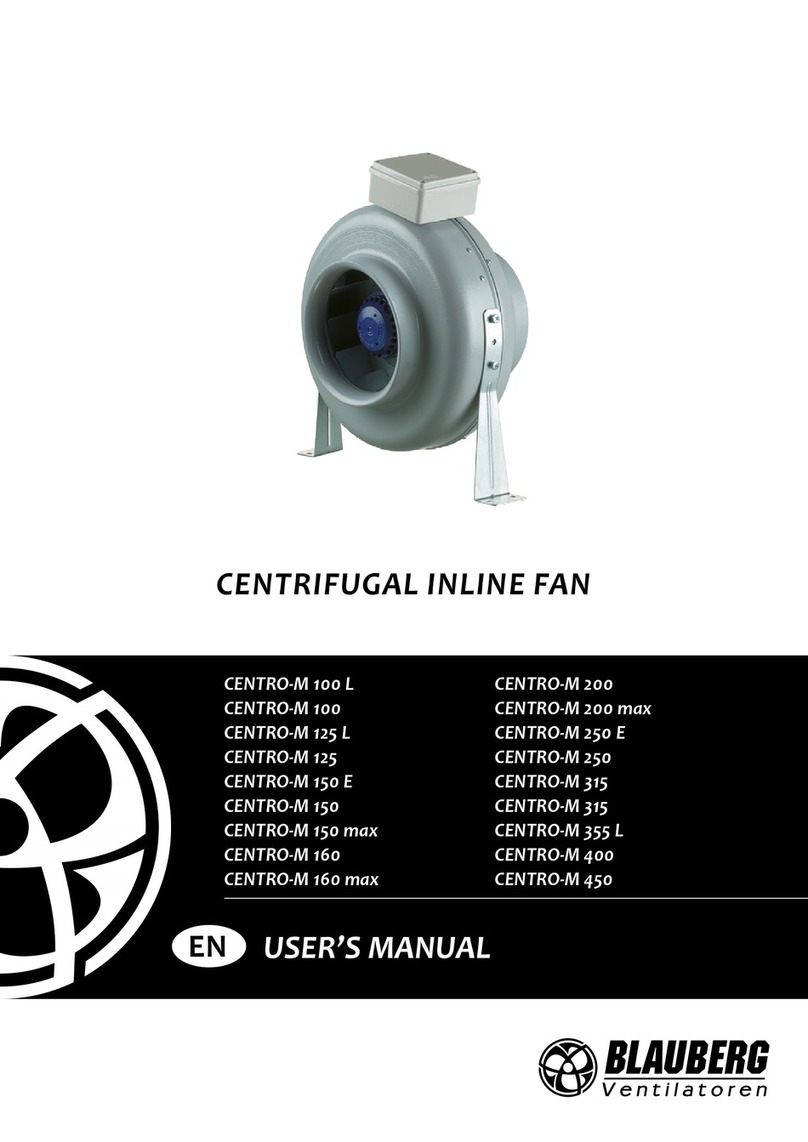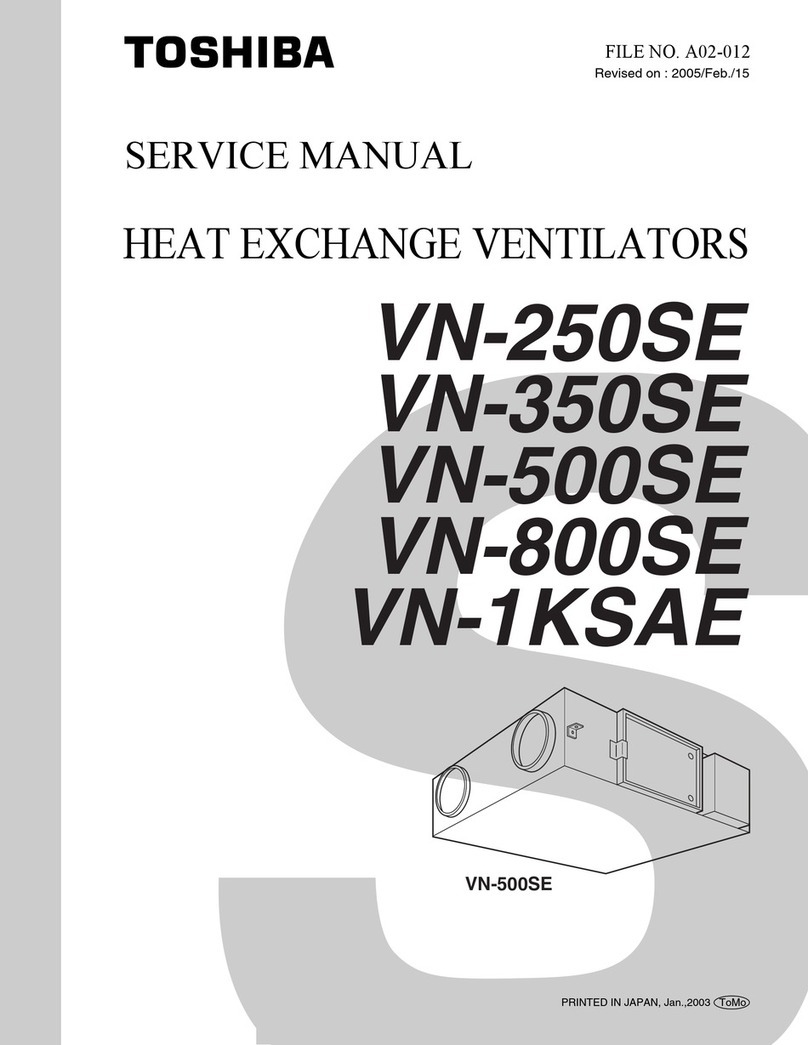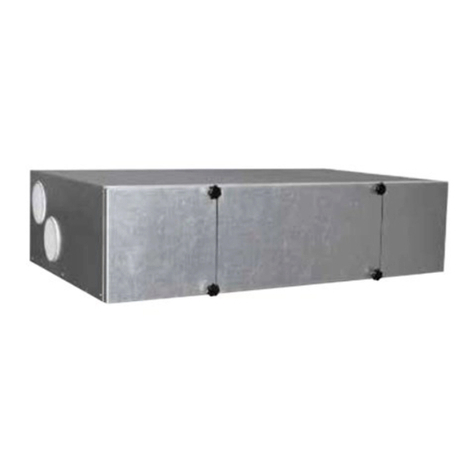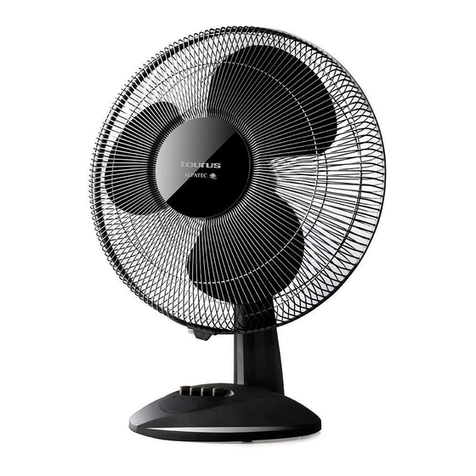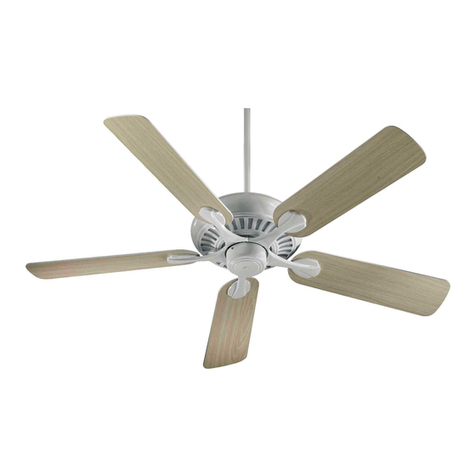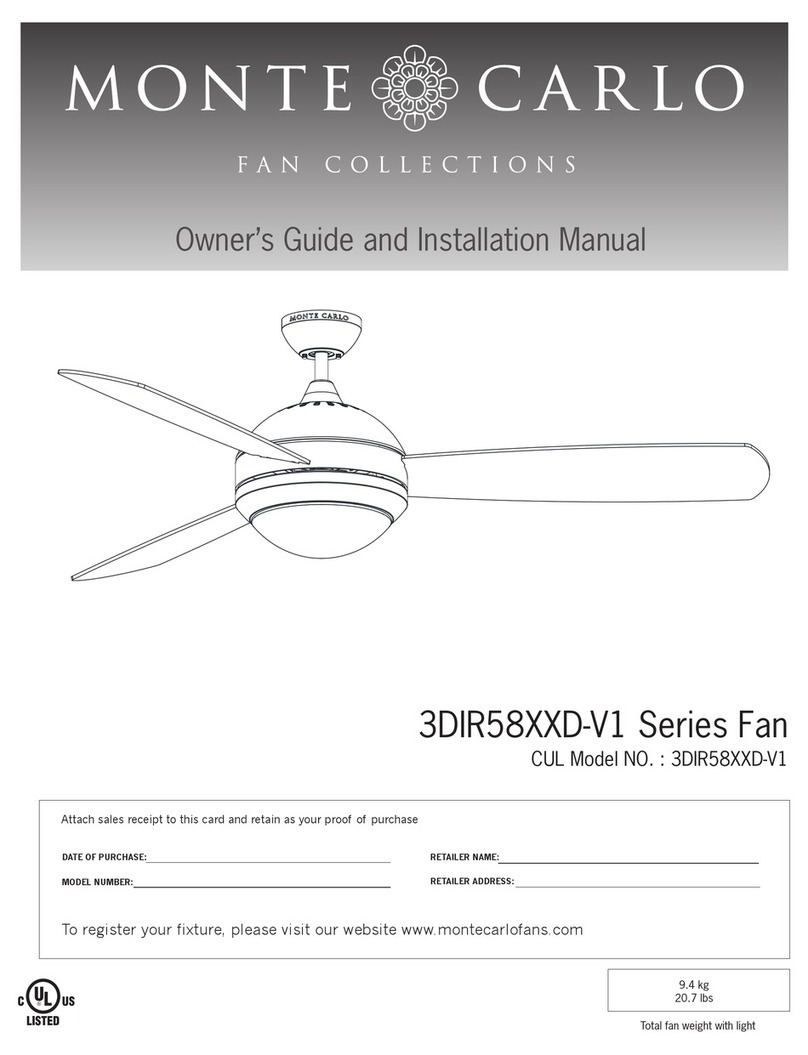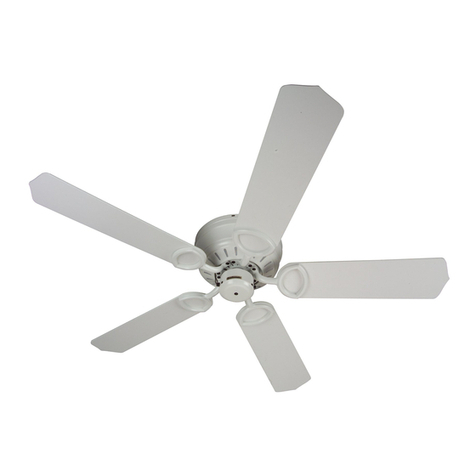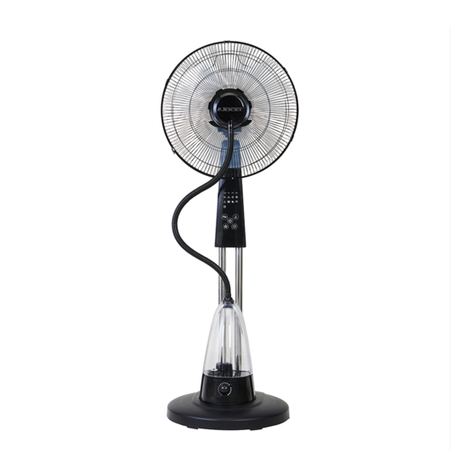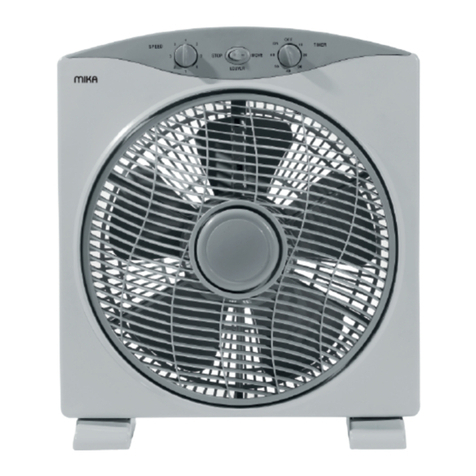
–1–
Original instruction
Contents
1 Precautions for safety . . . . . . . . . . . . . . . . . . . . . . . . . . . . . . . . . . . . . . . . . . . . . . . . . . 2
2 Features . . . . . . . . . . . . . . . . . . . . . . . . . . . . . . . . . . . . . . . . . . . . . . . . . . . . . . . . . . . . . 6
3 Standard installation example . . . . . . . . . . . . . . . . . . . . . . . . . . . . . . . . . . . . . . . . . . . 6
4 System configuration. . . . . . . . . . . . . . . . . . . . . . . . . . . . . . . . . . . . . . . . . . . . . . . . . . .7
5 Part names and functions . . . . . . . . . . . . . . . . . . . . . . . . . . . . . . . . . . . . . . . . . . . . . . . 8
6 How to use . . . . . . . . . . . . . . . . . . . . . . . . . . . . . . . . . . . . . . . . . . . . . . . . . . . . . . . . . .10
7 Timer operation . . . . . . . . . . . . . . . . . . . . . . . . . . . . . . . . . . . . . . . . . . . . . . . . . . . . . . 15
8 Maintenance . . . . . . . . . . . . . . . . . . . . . . . . . . . . . . . . . . . . . . . . . . . . . . . . . . . . . . . . . 17
9 Specifications . . . . . . . . . . . . . . . . . . . . . . . . . . . . . . . . . . . . . . . . . . . . . . . . . . . . . . . . 18
10 Before calling for service . . . . . . . . . . . . . . . . . . . . . . . . . . . . . . . . . . . . . . . . . . . . . . 19
11 Troubleshooting . . . . . . . . . . . . . . . . . . . . . . . . . . . . . . . . . . . . . . . . . . . . . . . . . . . . . . 19
Thank you very much for purchasing TOSHIBA Heat recovery ventilation unit.
Please read this owner’s manual carefully before using your Heat recovery ventilation unit.
• Obtain the “Owner’s manual” and “Installation manual” from constructor (or dealer).
Request to constructor or dealer
• Please clearly explain the contents of the Owner’s manual and hand over it.
This appliance can be used by children aged from 8 years and above and persons with reduced physical,
sensory or mental capabilities or lack of experience and knowledge if they have been given supervision or
instruction concerning use of the appliance in a safe way and understand the hazards involved. Children shall
not play with the appliance. Cleaning and user maintenance shall not be made by children without supervision.
Please read carefully through these instructions that contain important information which complies with the “Machinery
Directive” (Directive 2006/42/EC), and understand them.
Generic Denomination: Heat recovery ventilation unit
Definition of Qualified Installer or Qualified Service Person
The Heat recovery ventilation unit must be installed, maintained, repaired and removed by a qualified installer or qualified
service person. When any of these jobs is to be done, ask a qualified installer or qualified service person to do them.
A qualified installer or qualified service person is an agent who has the qualifications and knowledge described in the table
below.
These safety cautions describe important matters concerning safety to prevent injury to users or other people and
damages to property. Please read through this manual after understanding the contents below (meanings of
indications), and be sure to follow the description.
Agent Qualifications and knowledge which the agent must have
Qualified installer
(*1)
• The qualified installer is a person who installs, maintains, relocates and removes the Heat recovery
ventilation units made by Toshiba Carrier Corporation. He or she has been trained to install, maintain,
relocate and remove the Heat recovery ventilation units made by Toshiba Carrier Corporation or,
alternatively, he or she has been instructed in such operations by an individual or individuals who have been
trained and is thus thoroughly acquainted with the knowledge related to these operations.
• The qualified installer who is allowed to do the electrical work involved in installation, relocation and removal
has the qualifications pertaining to this electrical work as stipulated by the local laws and regulations, and
he or she is a person who has been trained in matters relating to electrical work on the Heat recovery
ventilation units made by Toshiba Carrier Corporation or, alternatively, he or she has been instructed in such
matters by an individual or individuals who have been trained and is thus thoroughly acquainted with the
knowledge related to this work.
• The qualified installer who is allowed to work at heights has been trained in matters relating to working at
heights with the Heat recovery ventilation units made by Toshiba Carrier Corporation or, alternatively, he or
she has been instructed in such matters by an individual or individuals who have been trained and is thus
thoroughly acquainted with the knowledge related to this work.
Qualified service
person (*1)
• The qualified service person is a person who installs, repairs, maintains, relocates and removes the Heat
recovery ventilation units made by Toshiba Carrier Corporation. He or she has been trained to install, repair,
maintain, relocate and remove the Heat recovery ventilation units made by Toshiba Carrier Corporation or,
alternatively, he or she has been instructed in such operations by an individual or individuals who have been
trained and is thus thoroughly acquainted with the knowledge related to these operations.
• The qualified service person who is allowed to do the electrical work involved in installation, repair,
relocation and removal has the qualifications pertaining to this electrical work as stipulated by the local laws
and regulations, and he or she is a person who has been trained in matters relating to electrical work on the
Heat recovery ventilation units made by Toshiba Carrier Corporation or, alternatively, he or she has been
instructed in such matters by an individual or individuals who have been trained and is thus thoroughly
acquainted with the knowledge related to this work.
• The qualified service person who is allowed to work at heights has been trained in matters relating to
working at heights with the Heat recovery ventilation units made by Toshiba Carrier Corporation or,
alternatively, he or she has been instructed in such matters by an individual or individuals who have been
trained and is thus thoroughly acquainted with the knowledge related to this work.
Indication Meaning of Indication
WARNING Text set off in this manner indicates that failure to adhere to the directions in the warning could result in
serious bodily harm (1) or loss of life if the product is handled improperly.
CAUTION Text set off in this manner indicates that failure to adhere to the directions in the caution could result in
slight injury (2) or damage (3) to property if the product is handled improperly.
1: Serious bodily harm indicates loss of eyesight, injury, burns, electric shock, bone fracture, poisoning, and other
injuries which leave aftereffect and require hospitalization or long-term treatment as an outpatient.
2: Slight injury indicates injury, burns, electric shock, and other injuries which do not require hospitalization or long-
term treatment as an outpatient.
3: Damage to property indicates damage extending to buildings, household effects, domestic livestock, and pets.
1-EN 2-EN
